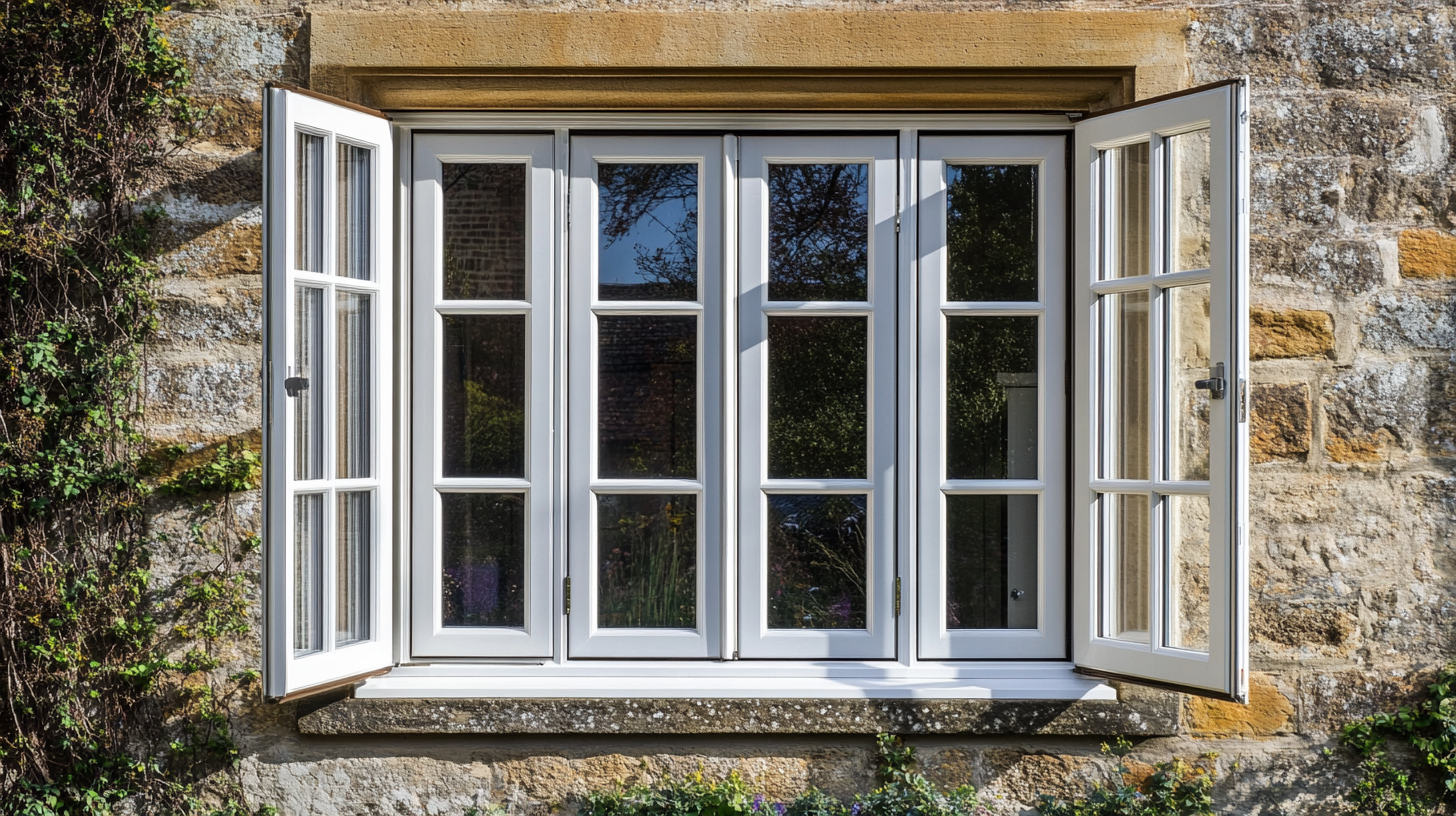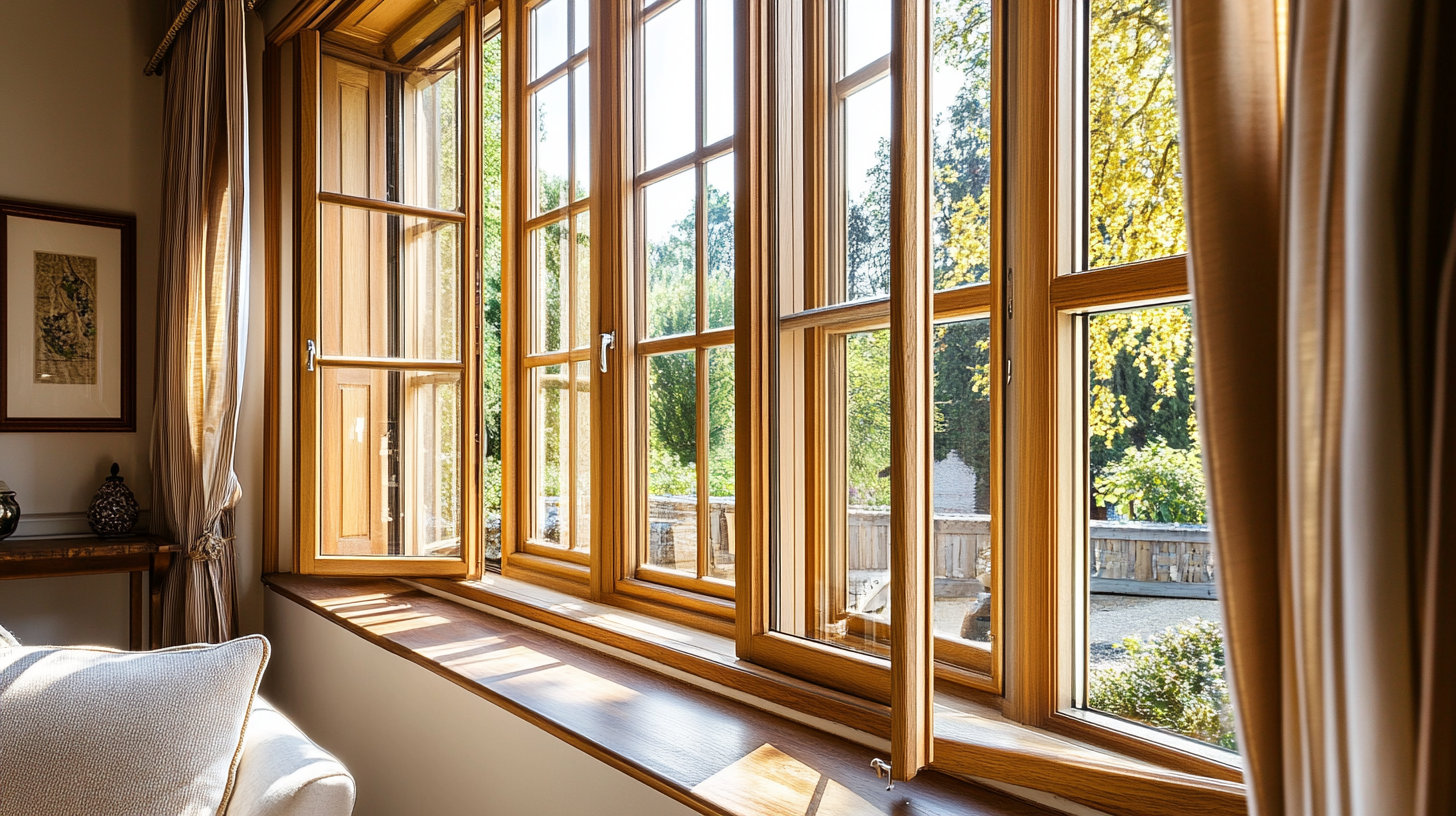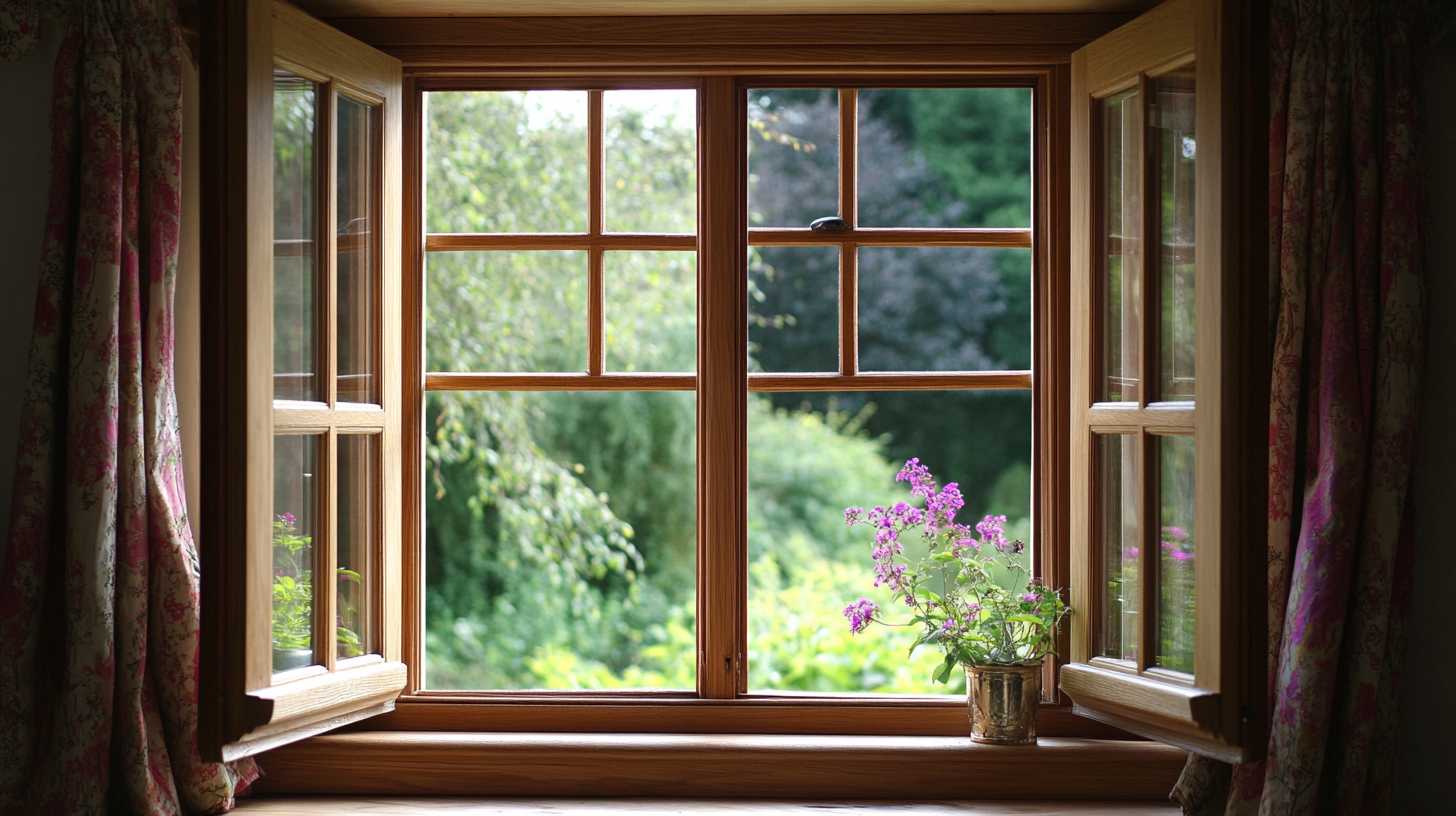When it comes to home renovations or new constructions, selecting the right windows is crucial for aesthetic appeal, energy efficiency, and overall performance. Timber casement windows have surged in popularity, accounting for approximately 30% of the global window market in recent years, according to a Frost & Sullivan report. Their combination of classic design and modern performance makes them a favored choice among homeowners and architects alike. However, the process of choosing high-quality timber casement windows can be fraught with challenges, as potential buyers often grapple with finding reliable suppliers and ensuring they meet their specific needs. With the right strategies, these challenges can be navigated effectively, leading to a successful investment in timber casement windows that enhances both the beauty and functionality of residential spaces.

 When selecting timber casement windows, the choice of material is crucial for both aesthetics and functionality. Timber not only adds a warm, natural appeal to any home but also offers structural benefits that enhance energy efficiency. High-quality hardwoods, such as oak or mahogany, provide durability and resistance to wear, making them an ideal choice for windows that must withstand the elements. However, not all timber is created equal; selecting the right type involves consideration of factors such as grain, finish, and treatment against pests and moisture.
When selecting timber casement windows, the choice of material is crucial for both aesthetics and functionality. Timber not only adds a warm, natural appeal to any home but also offers structural benefits that enhance energy efficiency. High-quality hardwoods, such as oak or mahogany, provide durability and resistance to wear, making them an ideal choice for windows that must withstand the elements. However, not all timber is created equal; selecting the right type involves consideration of factors such as grain, finish, and treatment against pests and moisture.
Additionally, the sustainability of the material is increasingly important in today’s market. Eco-friendly timber sourced from well-managed forests meets environmental standards and ensures that your selection contributes positively to the planet. Homeowners should verify certifications, such as FSC (Forest Stewardship Council), to ensure their timber casement windows are not only beautiful but also responsibly sourced. This thoughtful approach to material selection not only enhances the longevity of the windows but also elevates the overall value and appeal of the property.
When evaluating the aesthetic versatility of timber casement window designs, homeowners often face the challenge of striking the right balance between functionality and visual appeal. Timber windows offer unique grain patterns and textures, making each installation distinct. Recent design trends highlight this natural beauty, showcasing how wooden elements can enhance a variety of interior styles. For instance, ten eclectic living rooms have been celebrated for incorporating walnut paneling and wooden window frames that seamlessly blend with contemporary decor while paying homage to traditional craftsmanship.
In 2023, the latest door designs also emphasize the versatile nature of wood. With styles ranging from rustic barn doors to modern sleek finishes, wood remains a favored choice for creating inviting spaces. A survey conducted by design experts indicates that 65% of homeowners prefer wood for its durability and aesthetic appeal, reinforcing its status as a prime material for both windows and doors. This versatility extends to color choices as well; warm tones often complement traditional homes, while black and white frames can adapt to almost any modern aesthetic. By thoughtfully selecting timber casement windows, homeowners can elevate their design choices, creating a coherent and stylish environment.
 When considering timber casement windows, energy efficiency stands out as a pivotal aspect in the selection process. Recent analyses highlight the importance of evaluating various frame types—such as timber, aluminum, and PVC—through the lens of life cycle assessment. This method emphasizes the environmental implications tied to both production and usage phases. Interestingly, timber frames have shown favorable sustainability metrics, often outperforming their aluminum or PVC counterparts in terms of overall global warming potential.
When considering timber casement windows, energy efficiency stands out as a pivotal aspect in the selection process. Recent analyses highlight the importance of evaluating various frame types—such as timber, aluminum, and PVC—through the lens of life cycle assessment. This method emphasizes the environmental implications tied to both production and usage phases. Interestingly, timber frames have shown favorable sustainability metrics, often outperforming their aluminum or PVC counterparts in terms of overall global warming potential.
Furthermore, the thermal performance of windows is crucial in energy-efficient residential designs. A systematic review on the interplay of factors affecting ventilation and thermal efficiency reveals that well-designed timber casement windows can significantly enhance indoor comfort while minimizing energy consumption. Their inherent properties allow for better insulation, resulting in less reliance on heating and cooling systems. As homeowners prioritize eco-friendly options in 2023, the choice of timber casement windows emerges not only as an aesthetic preference but also as a strategic decision for a sustainable future.
When it comes to selecting timber casement windows, cost is often one of the most significant factors influencing homeowners' decisions. The initial expense of high-quality timber can be daunting, yet it is essential to consider the long-term benefits of investing in durable and energy-efficient windows. Timber windows provide superior insulation, which can lead to lower energy bills over time. By understanding how these windows can contribute to cost savings in the future, homeowners can make more informed choices that align with their budgets.
Additionally, potential buyers must factor in installation and maintenance costs. Proper installation is crucial to maximizing the lifespan and performance of timber casement windows, yet this can add to the initial financial outlay. It's also important to budget for ongoing maintenance to preserve the beauty and functionality of the wood over the years. Regular treatment and care are necessary to prevent issues like rot or warping, which can incur additional costs if not addressed. By weighing these considerations carefully, consumers can navigate the financial aspects of choosing the best timber casement windows with confidence.
When opting for timber casement windows, one must navigate various
installation and maintenance challenges that can significantly impact their performance and longevity.
According to a report by the Fenestration Association, improper installation can lead to energy losses
of up to 30%, resulting in higher heating and cooling costs.
Ensuring a snug fit and correct alignment is key to preventing drafts and moisture ingress.
It is crucial to hire experienced installers who are familiar with the nuances of timber frames,
as even minor deviations can lead to significant issues down the line.
Maintenance is another critical aspect for timber casement windows. A study from the Wood Window Alliance
indicates that regular upkeep can extend the lifespan of these windows by as much as 50%.
This includes periodic inspections for rot, water damage, and paint deterioration. Homeowners should
establish a maintenance schedule that includes repainting every 5 to 7 years
and sealing any cracks that may develop.




